It’s important to note that only fighter squadrons had unit insignias and those weren’t official either. Only the Szent László had an official - while other units had unofficial - badges worn usually on the left side of the cap and it was prohibited to wear them in combat (except for Szent László)
This was a fairly late war invention, not all unit badges survived the war and not all units had badges so I did my best to collect as many as I could.
I attempted to write information about divisions with the same style the game does, that is why they are odd. Units are themed (Stalingrad, Ukraine 1944, Hungary, western front 1945)
The lower tier squads are usually early war themed, usually their description is only covered until Stalingrad. Late war squads are late war themed with multiple potential campaigns depending on the front they fought on.
Subfaction squads
Medic squad
Unit: 15th medical company - 2nd “József Nádor” light division
Insignia:

History: The division was formed in January 1941 using the elements of the 1st mixed brigade. The unit participated in the Yugoslavian campaign. In late 1941 the division was assigned to the 2nd Hungarian army to be sent east to support the 6th army of the Wehrmacht.
Assaulter squad II
Unit: 1st Armoured recon battalion - 1st motorised infantry regiment
Insignia:

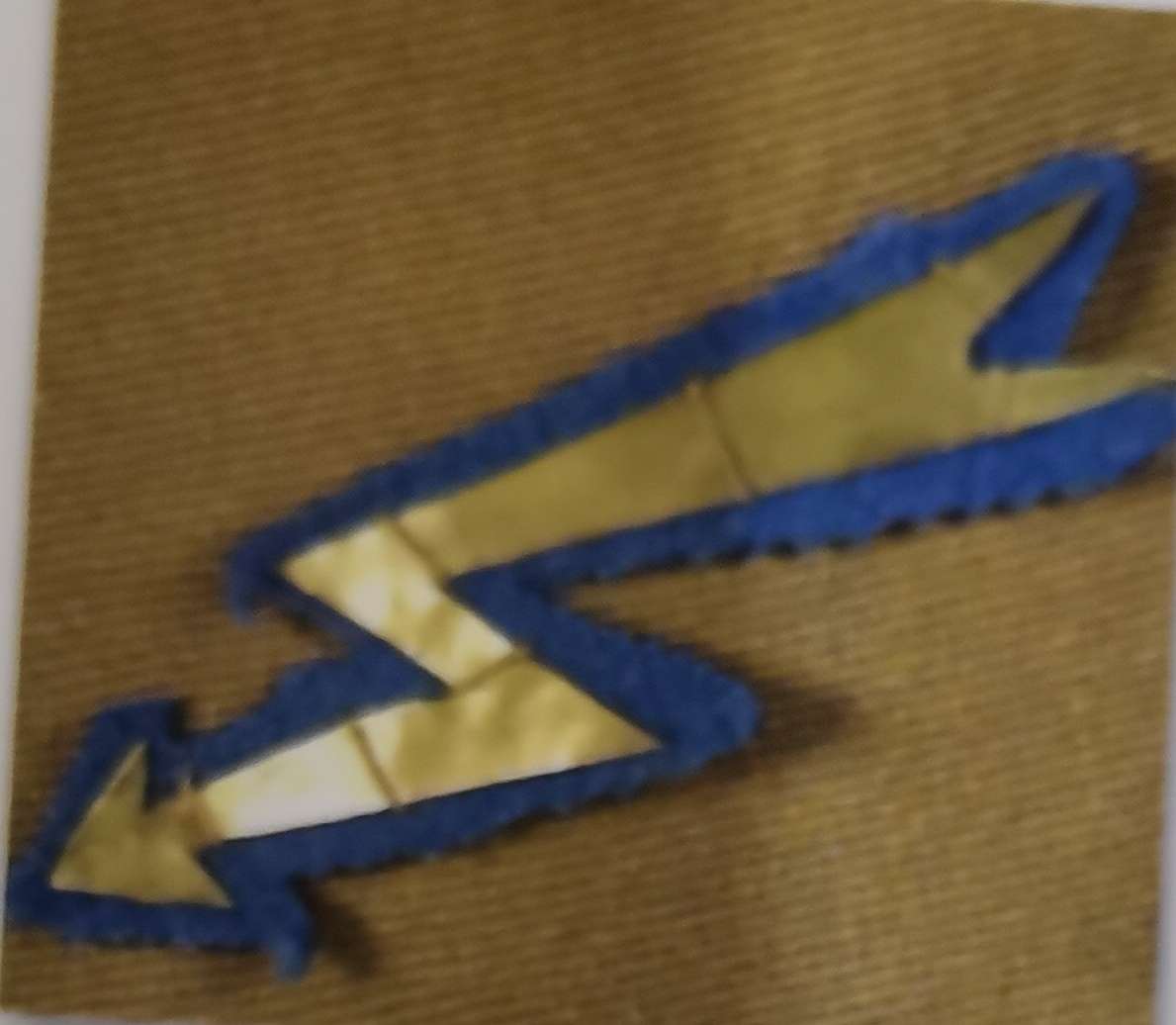
History: The Brigade was formed in April 1937. The unit participated in the Yugoslavian campaign and in Operation Barbarossa with exceptional performance. In 1942 it was assigned to the 1st armoured division then reassigned to 1st armoured field division guarding the northern flank of the 6th army of the Wehrmacht at Stalingrad.
Assaulter squad III
Unit: 61st (Waffen-SS) Infantry Regiment - 25th (waffen) “Hunyadi” grenadier division
Insignia:

History: The division was formed in April 1944. Elements of the division fought the Soviets at Neuhammer, the remainder advanced towards the western front.
Unlike most SS divisions, the Hungarian units swore allegiance to the Hungarian head of state and were under the command of the Hungarian Honved ministry.
Assaulter squad IV
Unit: 57th infantry regiment - 27th “Székely” division
Insignia:

History: The division was formed in September of 1940 at Marosvásárhely. It was named “Székely” after the local Hungarian speaking ethnicity, it carried the legacy of the 38th Infantry division that fought in the great war. Since Romania´s unconditional surrender the division has been fighting in the battle for Hungary.
Engineer squad I
Unit: 4th Engineer Company (mot) - 1st Huszár Division
Insignia:
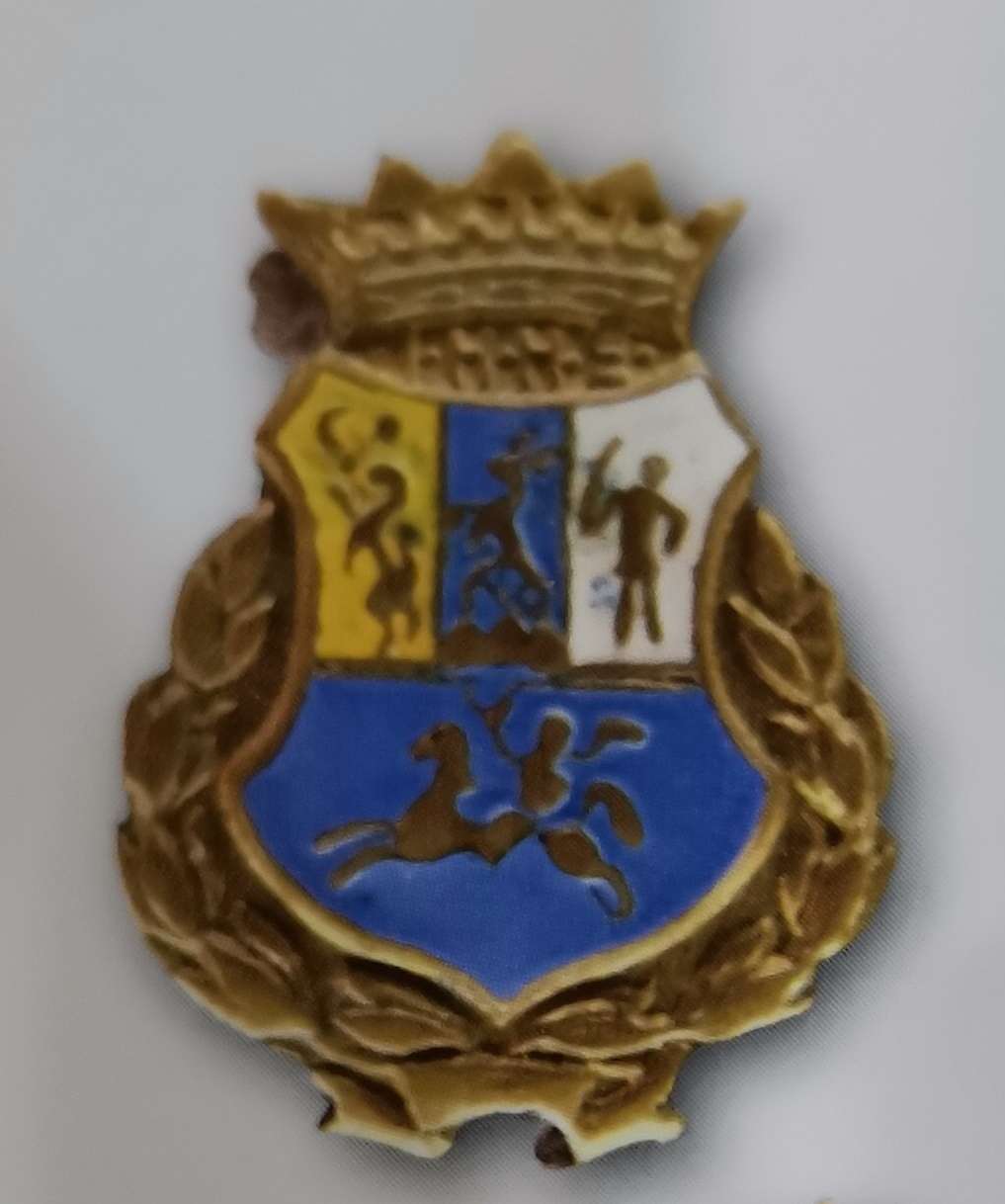 note: No known badge, 1st cavalry regiment badge is used instead.
note: No known badge, 1st cavalry regiment badge is used instead.
History: The division was formed in October 1942 by merging 1st and 2nd cavalry regiments.
Since July 1944 the division has been fighting on the eastern front.
Engineer squad II
Unit: 2nd motorised regiment - 2nd armoured division
Insignia:
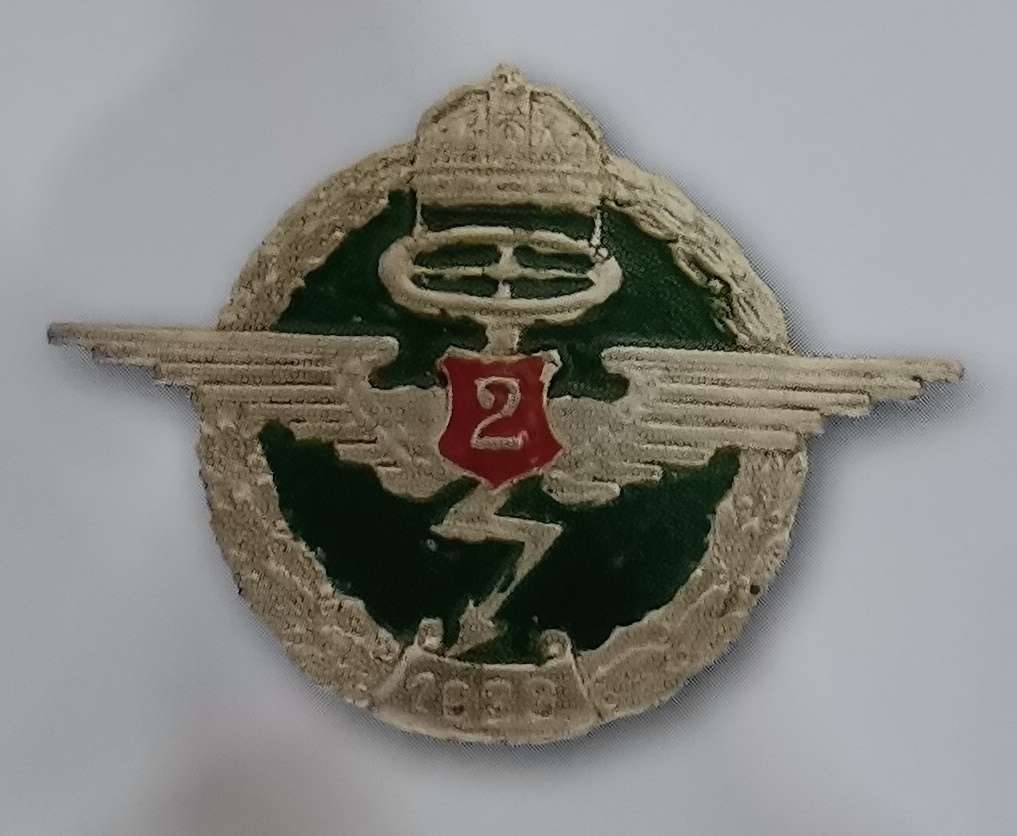
History: The Brigade was formed in February 1938.
The unit participated in the Yugoslavian campaign and in Operation Barbarossa with exceptional performance.
In December of 1941 it was incorporated into the 2nd armoured division and kept in reserve.
Since March of 1944 the unit has been actively fighting in Ukraine.
Infantry squad I
Unit: 2th Infantry regiment - 2nd “József Nádor” light division
Insignia:
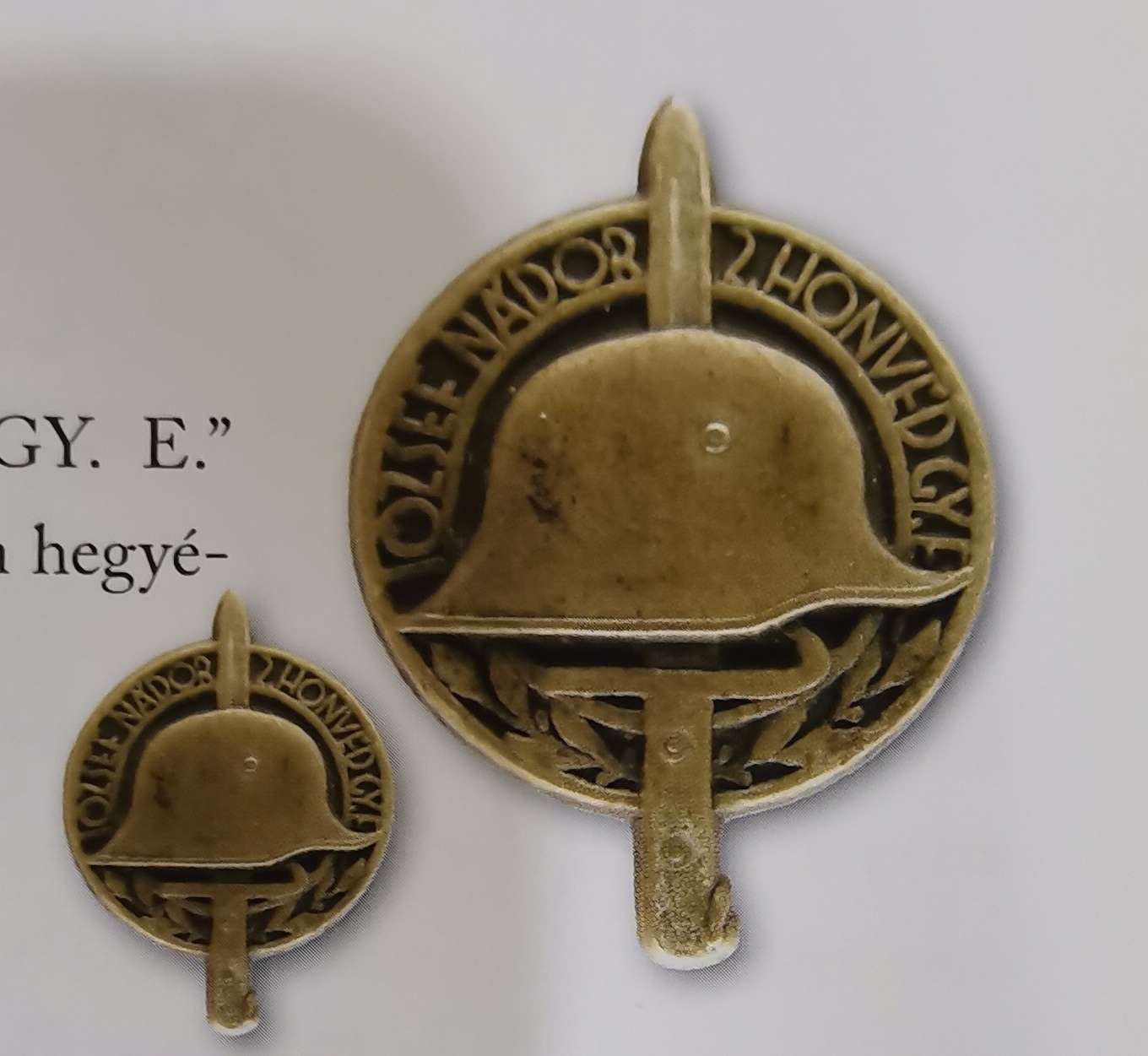
History: The division was formed in January 1941 using the elements of the 1st mixed brigade. The unit participated in the Yugoslavian campaign. In late 1941 the division was assigned to the 2nd Hungarian army to be sent east to support the 6th army of the Wehrmacht.
Infantry squad II
Unit: 52nd Infantry Regiment - 6th “Nagy Lajos Király” division
Insignia:
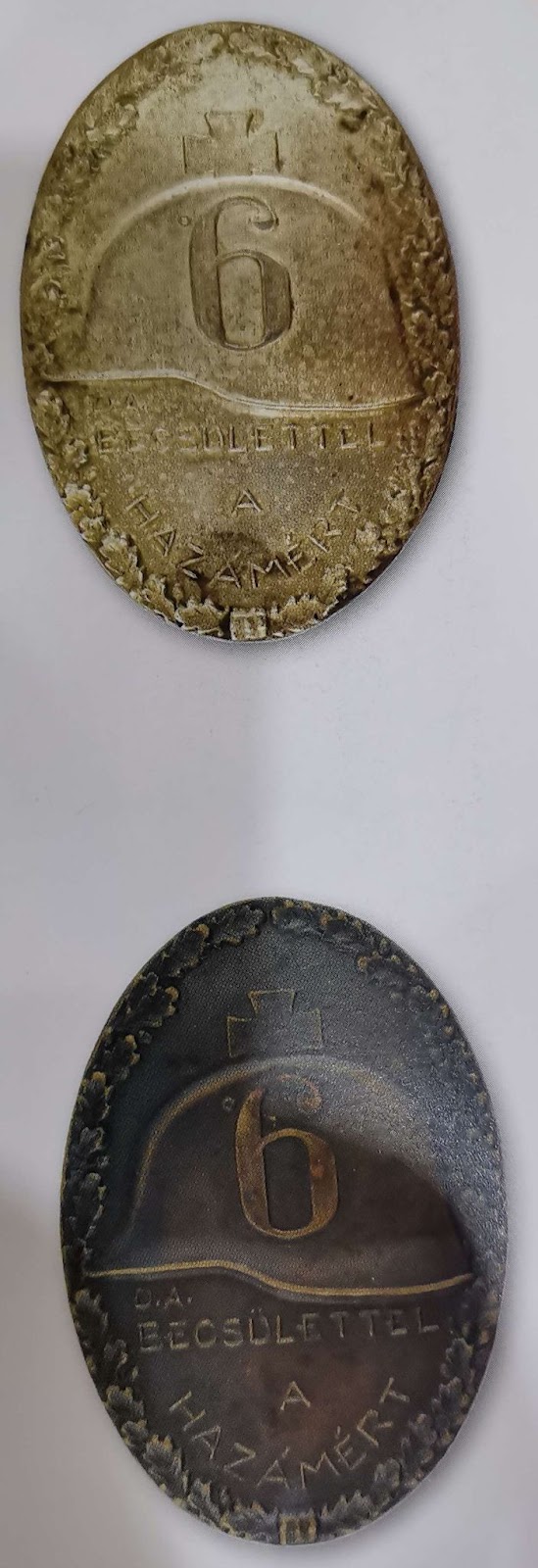
History: The division was formed in January 1939 as part of the Győri rearmament program.
In 1942 The division was attached to the 2nd Hungarian army to fight on the eastern front.
Infantry squad III
Unit: 34th Infantry regiment - 108th light division
Insignia:
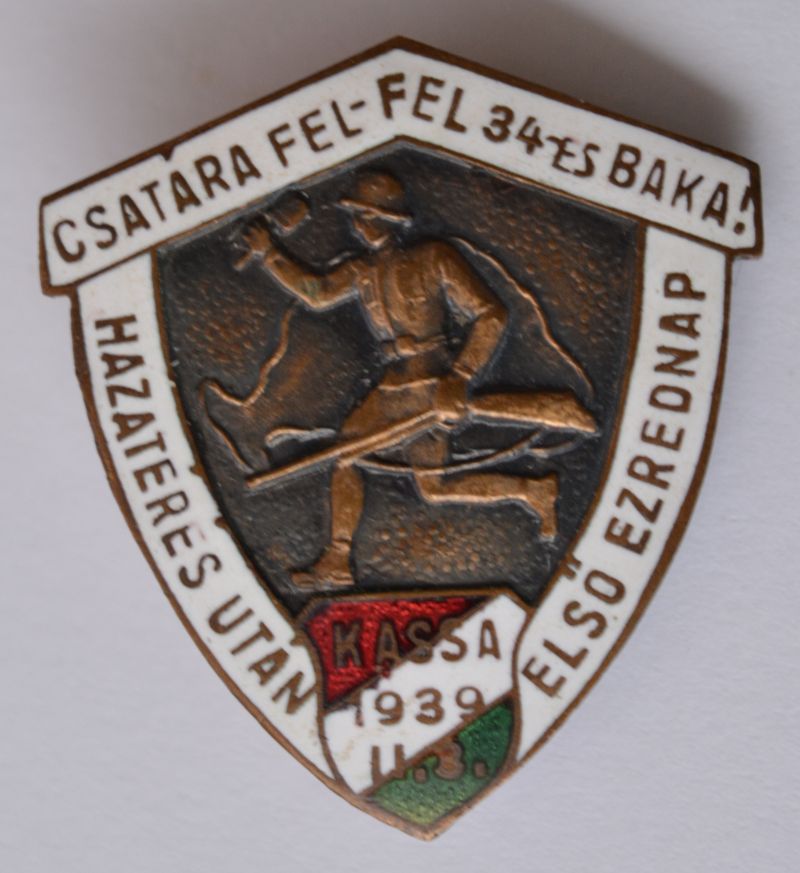 note that this is not an actual unit badge, but ehh its close enough.
note that this is not an actual unit badge, but ehh its close enough.
History: The division was formed in January 1939 as part of the Győri rearmament program. In late 1941 the division was sent to the eastern front. Since June the division has been participating in Operation Case Blue.
Sniper squad I
Unit: 22th Border Guard Battalion - Székely command
Insignia:
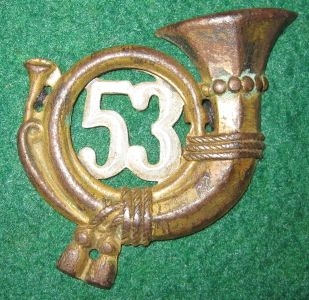 no picture of 22rd, only numbering is different.
no picture of 22rd, only numbering is different.
History: The Székely command was formed in October 1942 and was subordinate to IX Corps. In 1944 the Székely command was defending Hungary´s eastern most border in the battle for Hungary.
Sniper squad II
Unit: 23rd Border Guard Battalion - Székely command
Insignia:

History: The Székely command was formed in October 1942 and was subordinate to IX Corps. In 1944 the Székely command was defending Hungary´s eastern most border in the battle for Hungary.
Sniper squad III
Unit: 24th mountain border guard battalion - 9th border guard division
Insignia:
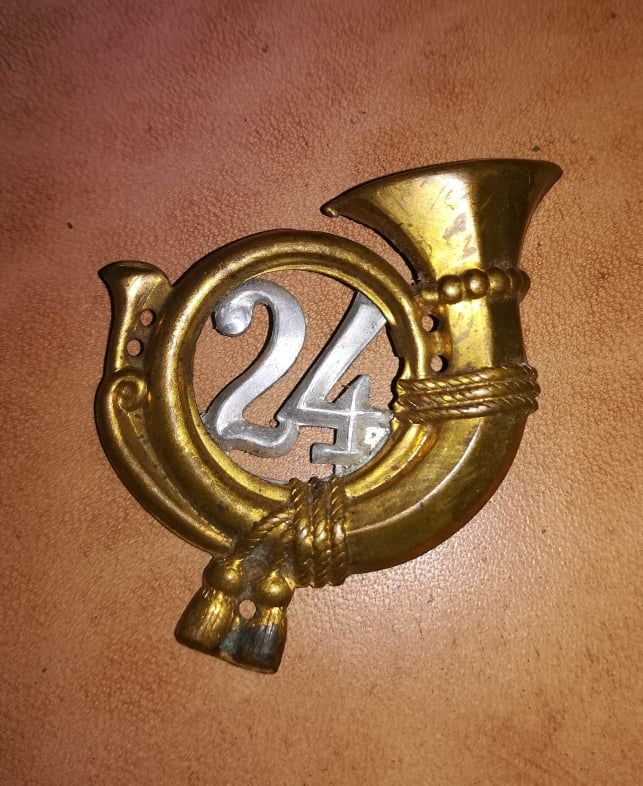
History: The division was formed in November 1940 by grouping existing fortress companies, border guard and Székely militia battalions. As Hungary’s first line of defence the unit has been heroically holding the Árpád line against the combined Soviet-Romanian armies, best described as the Battle of Thermopylae of the 20th century.
Machine gunner squad I
Unit: 4/I machine gun company of 4th motorised battalion - 2nd Armoured division
Insignia:
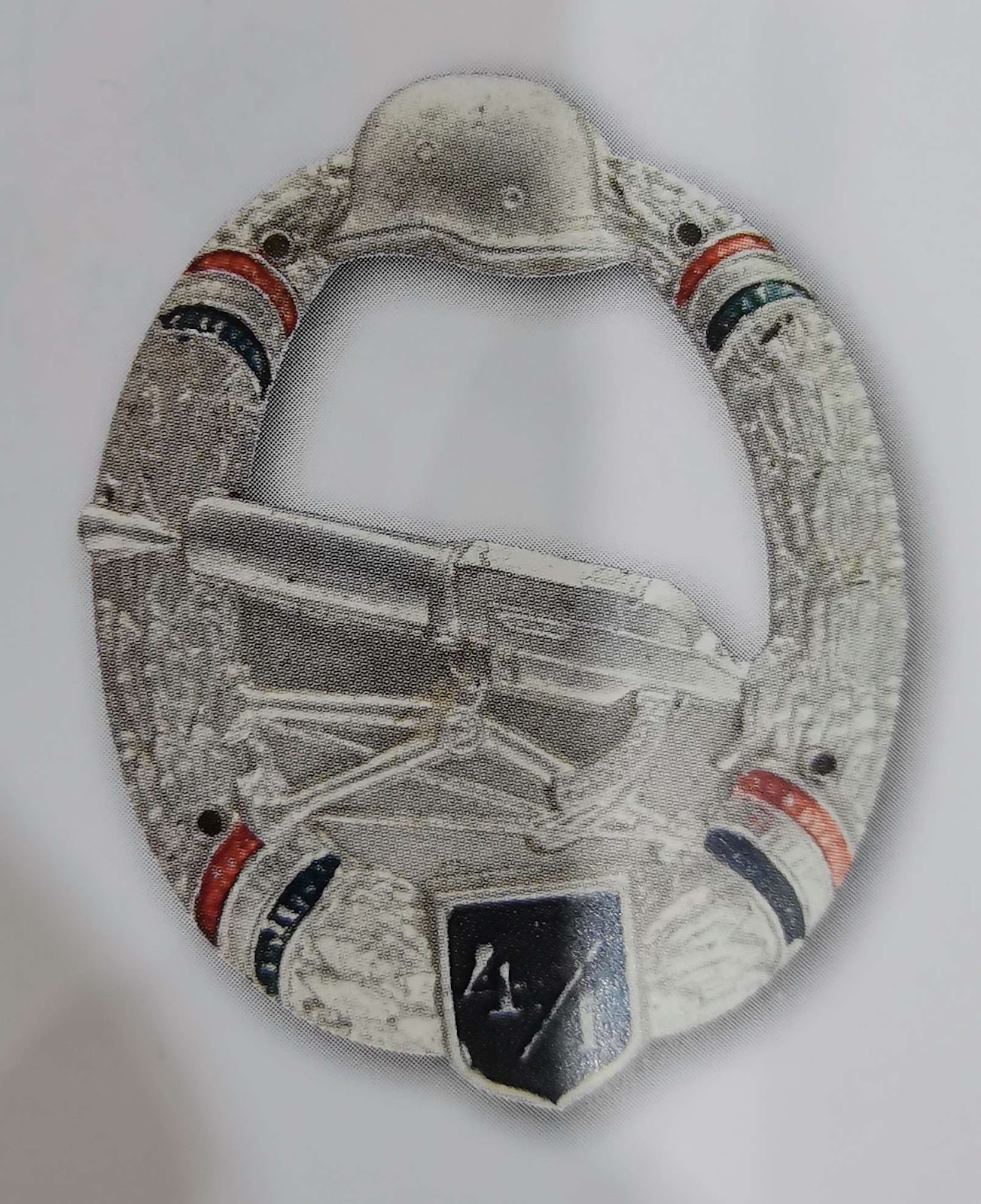
History: The division was formed in October of 1941. Elements of the division and the 1st armoured division were sent to the Eastern front to participate in operation Case Blue.
Since March of 1944 the division has been actively fighting in Ukraine.
Machine gunner squad II
Unit: 52th Infantry regiment - 23rd light division
Insignia:

History: The division was formed in January 1939 as part of the Győri rearmament program.
In January 1943 the division was deployed to the Stalingrad area to reinforce the 2nd Hungarian army.
Machine gunner squad III
Unit: 32nd motorised machine-gun company of 32nd Mountain border guard battalion - 9th border guard brigade
Insignia:
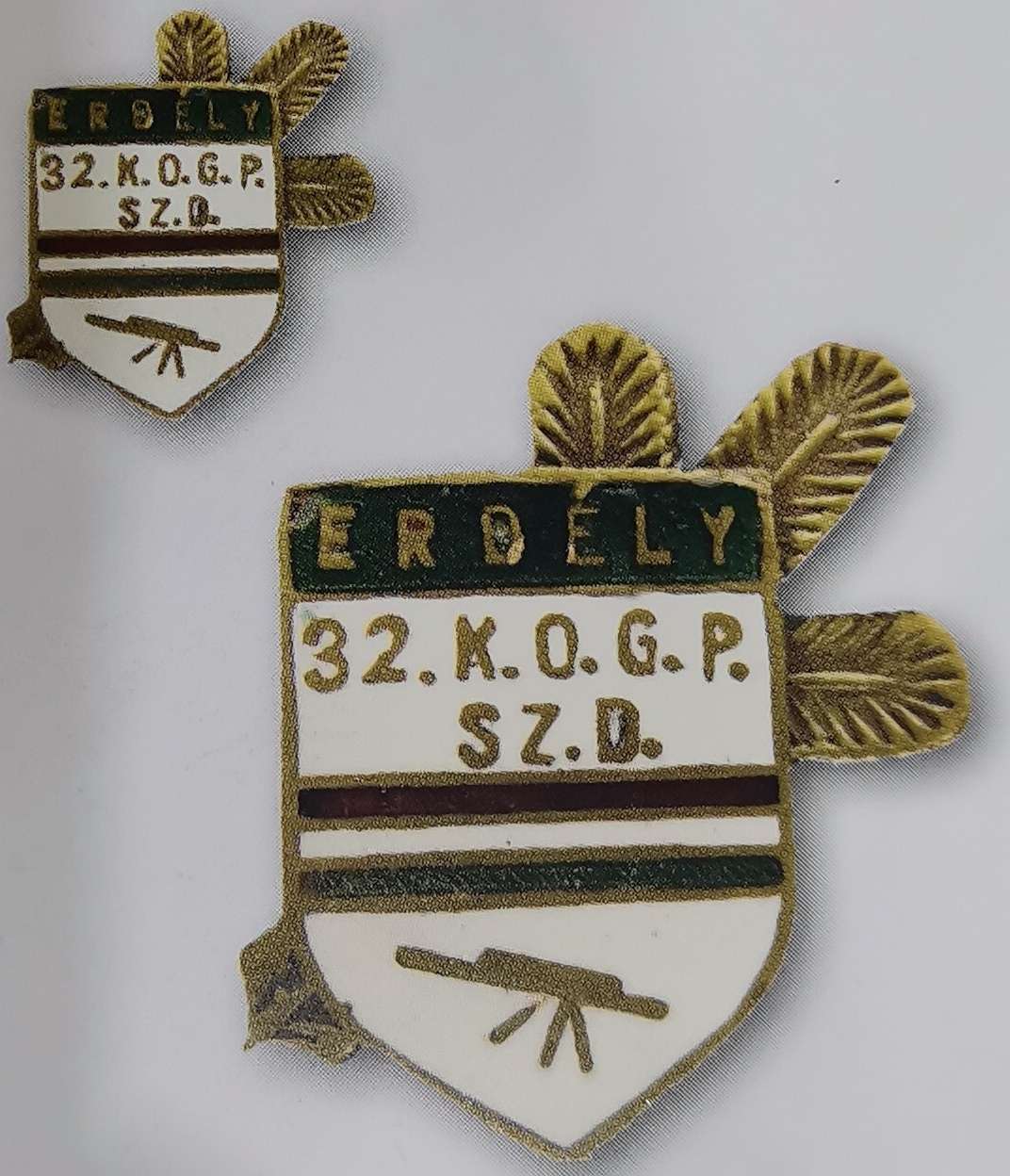
History: The division was formed in November 1940 by grouping existing border guard, Székely militia battalions and fortress companies.
As Hungary’s first line of defence the unit has been heroically holding the Árpád line against the combined Soviet-Romanian armies, best described as the Battle of Thermopylae of the 20th century.
AT gunner squad I
Unit: 51st Infantry Regiment - 23rd Light Division
Insignia:
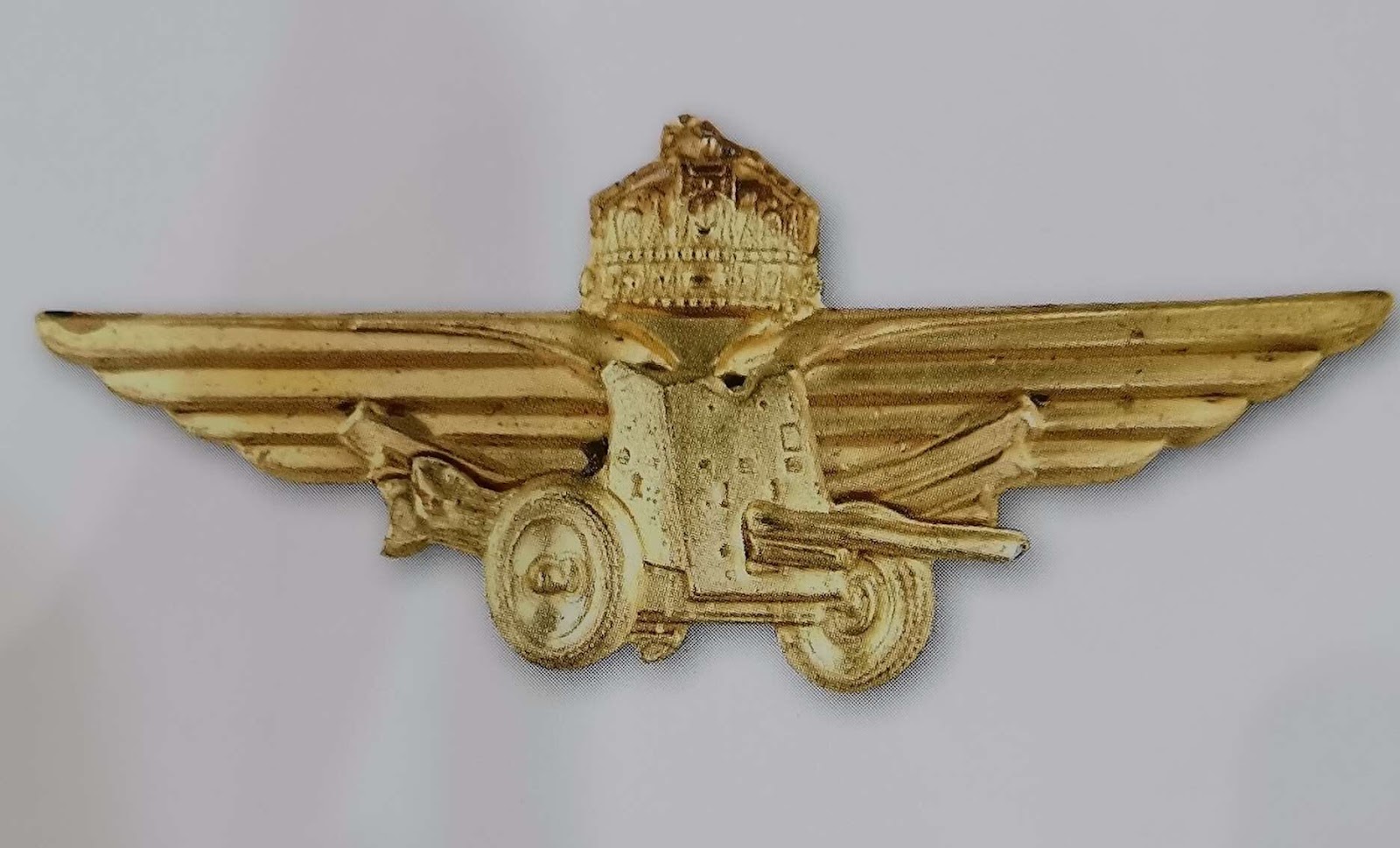 note: badge of AT companies is used.
note: badge of AT companies is used.
History: History: The division was formed in January 1939 as part of the Győri rearmament program. In January 1943 the division was deployed to the Stalingrad area to reinforce the 2nd Hungarian army.
AT gunner squad II
Unit: 10th Infantry Regiment - 16th infantry division
Insignia:
 note: badge of AT companies is used.
note: badge of AT companies is used.
History: The division was formed in January 1939 as part of the Győri rearmament program. The unit participated in the Yugoslavian campaign. The division was kept in reserve until 1944 when it joined the battle for Hungary.
radio squad I
Unit: 6th signal company - 6th “Nagy Lajos Király” division
Insignia:

History: The division was formed in January 1939 as part of the Győri rearmament program.
In 1942 The division was attached to the 2nd Hungarian army to fight on the eastern front.
Radio squad II
Unit: 27th Signal Company - 27th “Székely” division
Insignia:

History: The division was formed in September of 1940 at Marosvásárhely. It was named “Székely” after the local Hungarian speaking ethnicity, it carried the legacy of the 38th Infantry division that fought in the great war. Since Romania´s unconditional surrender the division has been fighting in the battle for Hungary.
Flamethrower squad I
Unit: 7th Infantry Regiment - 13th light division
Insignia:

History: The division was formed in January 1939 as part of the Győri rearmament program. The unit participated in the Yugoslavian campaign. In September 1942 the division was deployed to the Stalingrad area to cover the northern flank of the 6th Army where it got involved in heavy fighting at the Don river.
Flamethrower squad II
Unit: 27th infantry regiment - 27th “Székely” division
Insignia:
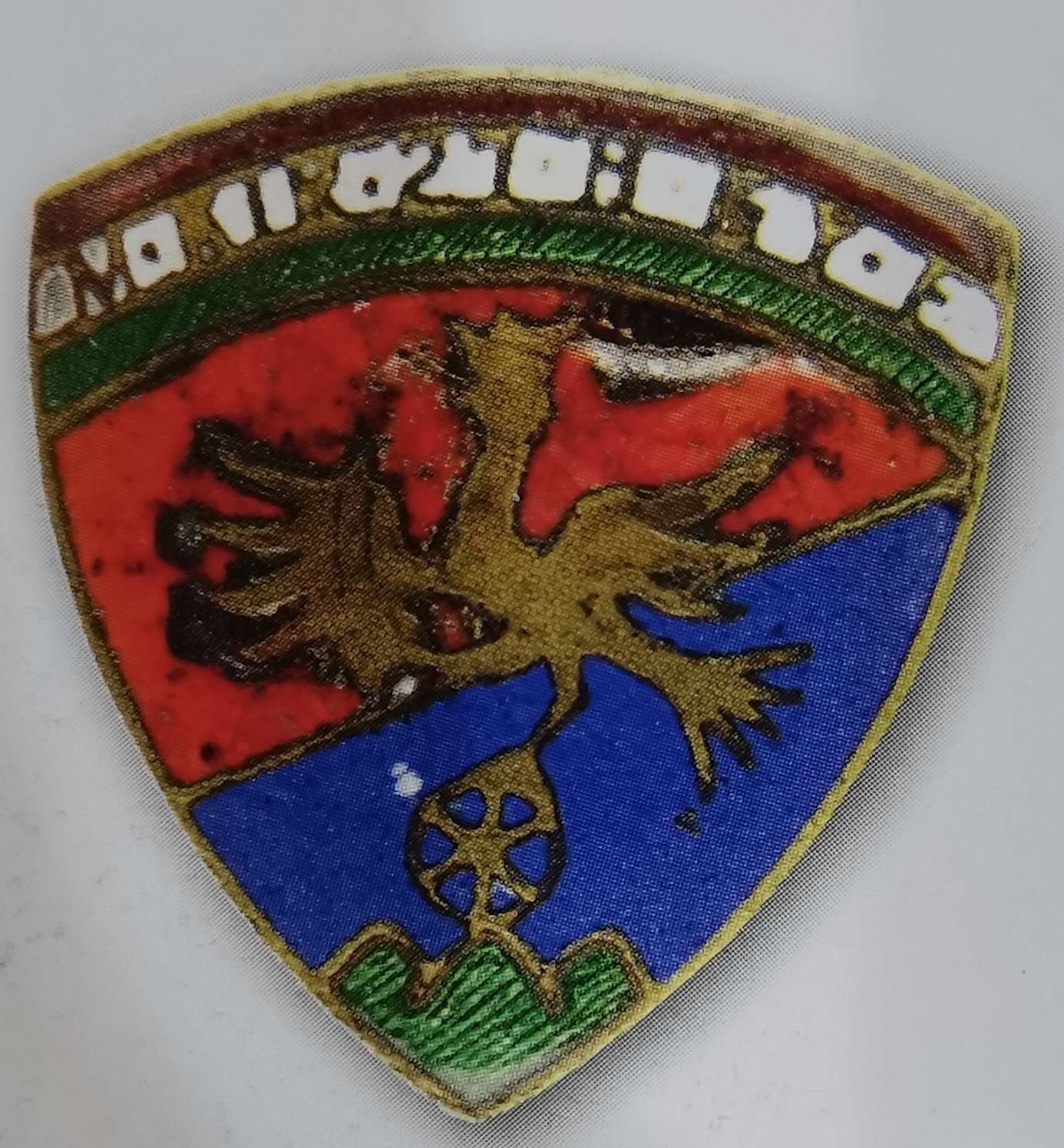
History: The division was formed in September of 1940 at Marosvásárhely. It was named “Székely” after the local Hungarian speaking ethnicity, it carried the legacy of the 38th Infantry division that fought in the great war. Since Romania´s unconditional surrender the division has been fighting in the battle for Hungary.
Mortar squad
Unit: - 1st Cavalry Artillery Battalion - 1st Huszár Division
Insignia:
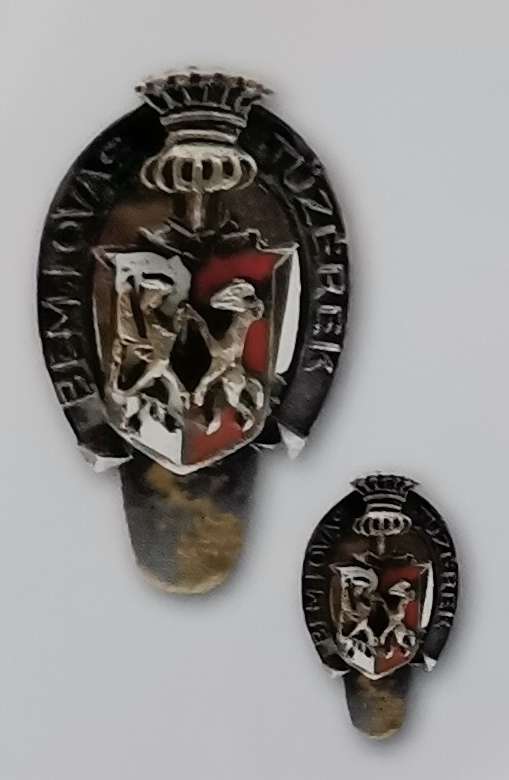 note: BEM LOVAS TÜZÉREK is written on the badge
note: BEM LOVAS TÜZÉREK is written on the badge
History: The division was formed in October 1942 by merging 1st and 2nd cavalry regiments.
Since July 1944 the division has been fighting on the eastern front.
Guerrilla squad
Unit: -
Insignia: -
History: - (no suitable unit/formation whatsoever)
Rider squad
Unit: 6th motorised battalion - 2nd armoured division
Insignia:
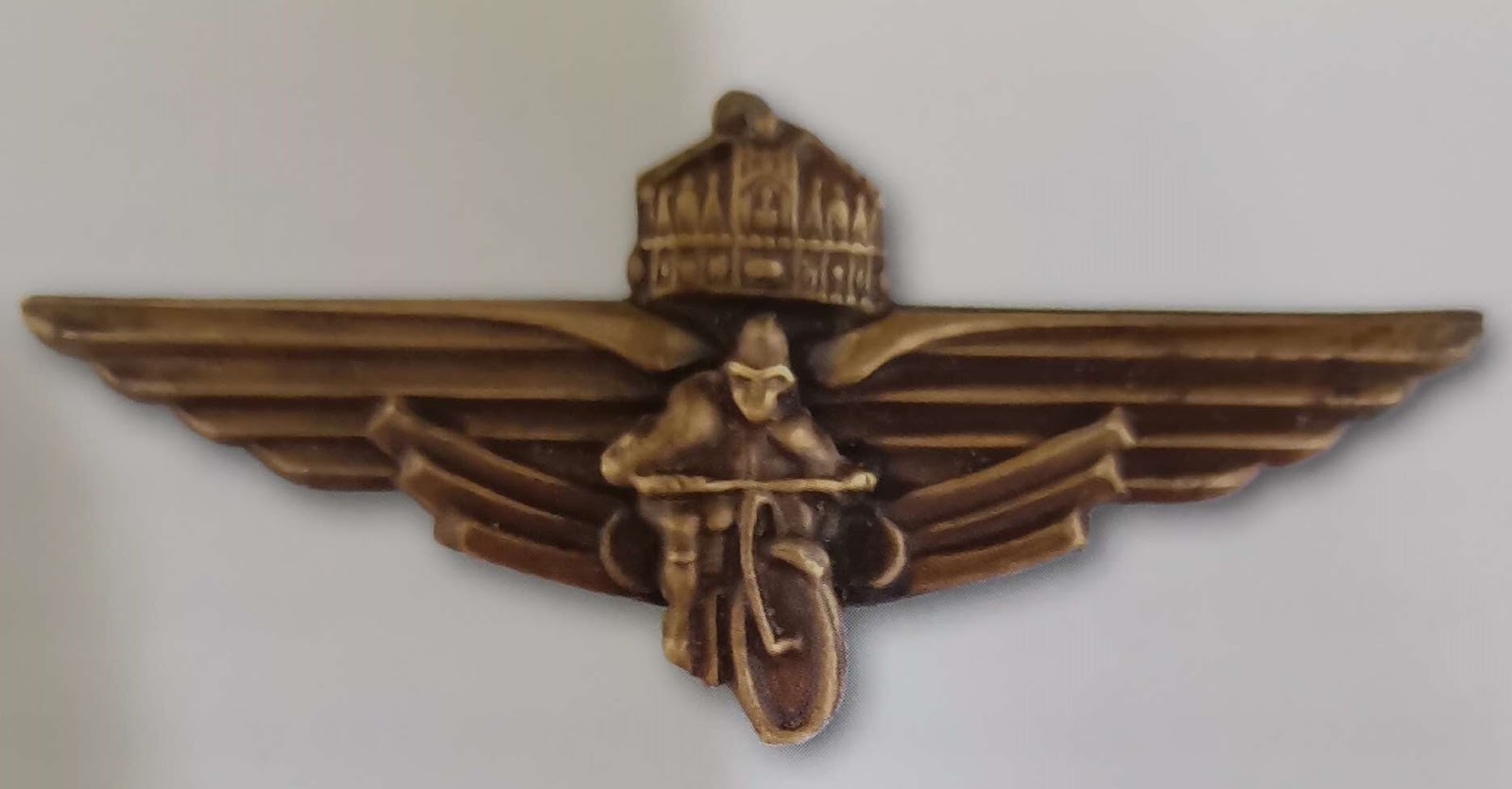 note: badge of motorcycle riders used.
note: badge of motorcycle riders used.
History: The division was formed in October of 1941. Elements of the division and the 1st armoured division were sent to the Eastern front to participate in operation Case Blue.
Since March of 1944 the division has been actively fighting in Ukraine.
APC squad
Unit: 1st motorised battalion - 1st armoured division
Insignia:

History: The division was formed in November of 1942, it was used as a replacement and training unit until mid 1944, since September 1944 the division has been engaging the Soviets in the vicinity of Budapest.
Tank squad I
Unit: 3rd tank regiment - 2nd armoured division
Insignia:
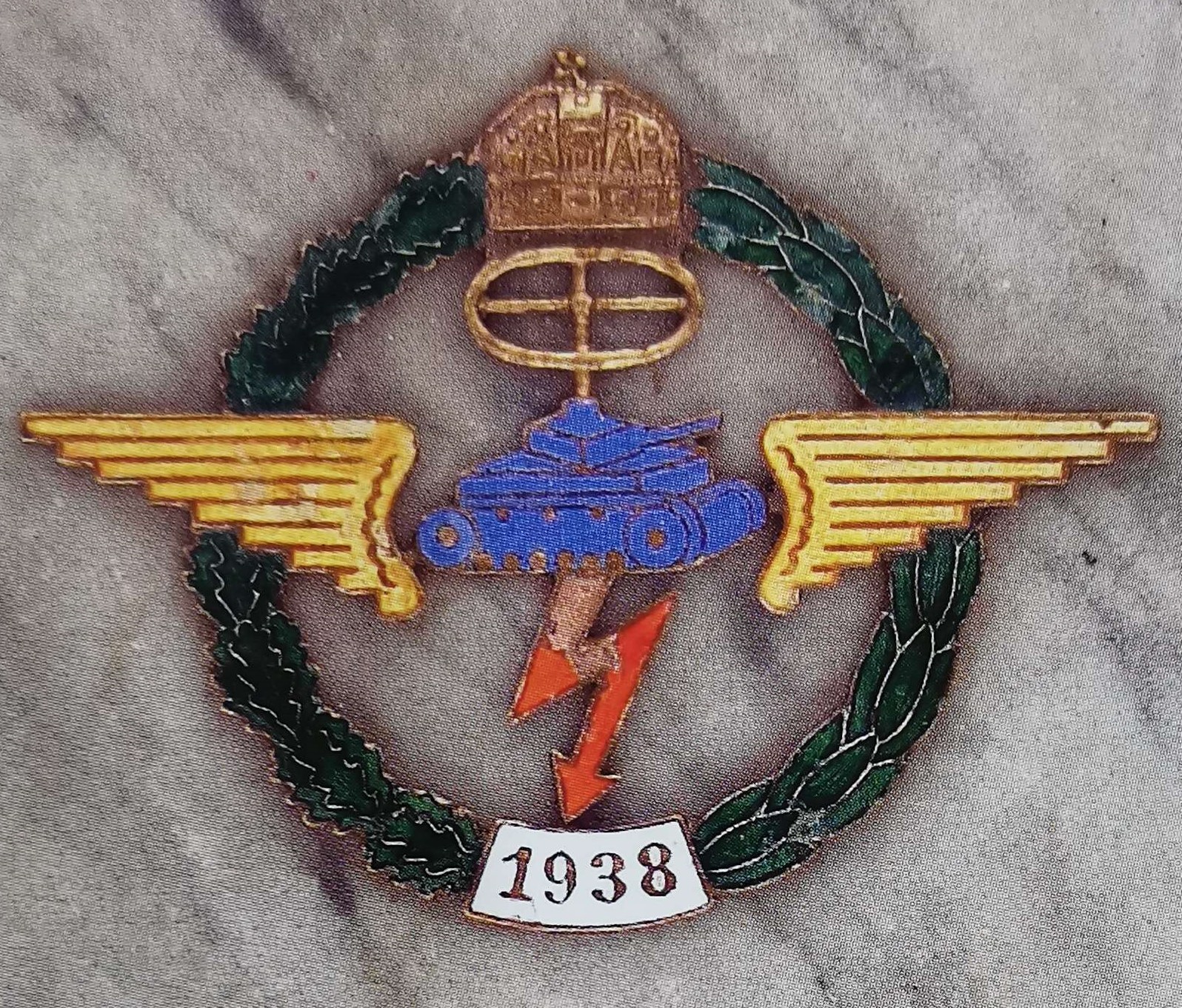
History: The division was formed in October of 1941. Elements of the division and the 1st armoured division were sent to the Eastern front to participate in operation Case Blue.
Since March of 1944 the division has been actively fighting in Ukraine.
Tank squad II
Unit: 1st tank regiment József Nádor - 1st armoured division
Insignia:
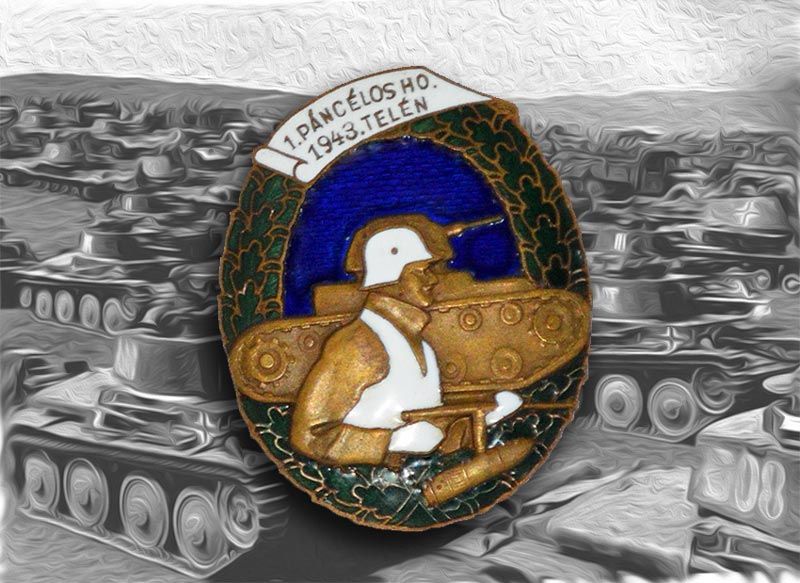
History: The division was formed in November of 1942, it was used as a replacement and training unit until mid 1944, since September 1944 the division has been engaging the Soviets in the vicinity of Budapest.
Tank squad III
Unit: 26th (Waffen-SS) panzer battalion - 26th (waffen) “Hungaria” grenadier division
Insignia:
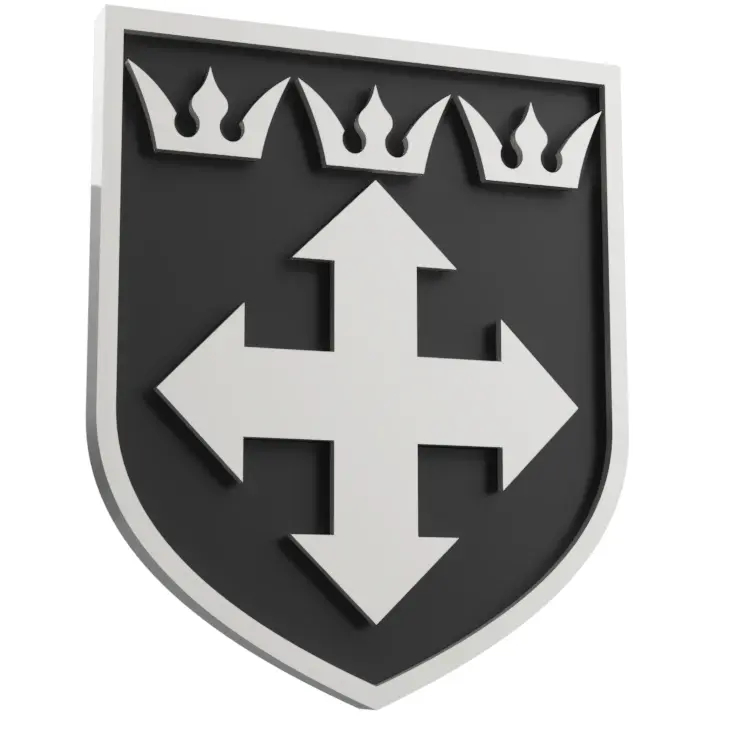
History: The division was formed in November of 1944. Elements of the division fought the Soviets at Neuhammer, the remainder advanced towards the western front.
Unlike most SS divisions, the Hungarian units swore allegiance to the Hungarian head of state and were under the command of the Hungarian Honved ministry.
Fighter pilot squad I
Unit: 101/8 “Ricsi” fighter squadron - Fliegerführer 102 (ungarisch)
Insignia:

History: The unit was created by grouping all Hungarian wings, it was under the command of the 4th Luftflotte.
Fighter pilot squad II
Unit: 1/5 “Dongó” fighter squadron - Fliegerführer 102 (ungarisch)
Insignia:

History: The unit was created by grouping all Hungarian wings, it was under the command of the 4th Luftflotte.
Fighter pilot squad III
Unit: 101/1 “Puma” home defence squadron - Fliegerführer 102 (ungarisch)
Insignia:
History: The unit was created by grouping all Hungarian wings, it was under the command of the 4th Luftflotte.
Attacker pilot squad I
Unit: 2/5 “Halál” bomber squadron - Fliegerführer 102 (ungarisch)
Insignia:

History: The unit was created by grouping all Hungarian wings, it was under the command of the 4th Luftflotte.
Attacker pilot squad II
Unit: 4/1 “Isten nyíla” bomber squad - Fliegerführer 102 (ungarisch)
Insignia:

History: The unit was created by grouping all Hungarian wings, it was under the command of the 4th Luftflotte.
Attacker pilot squad III
Unit: 102/2 “Tigris” quickbomber squadron - Fliegerführer 102 (ungarisch)
Insignia:
History: The unit was created by grouping all Hungarian wings, it was under the command of the 4th Luftflotte.





































































































































 note: Raven is a Hunyadi symbol, you probably want to censor that.
note: Raven is a Hunyadi symbol, you probably want to censor that.
































